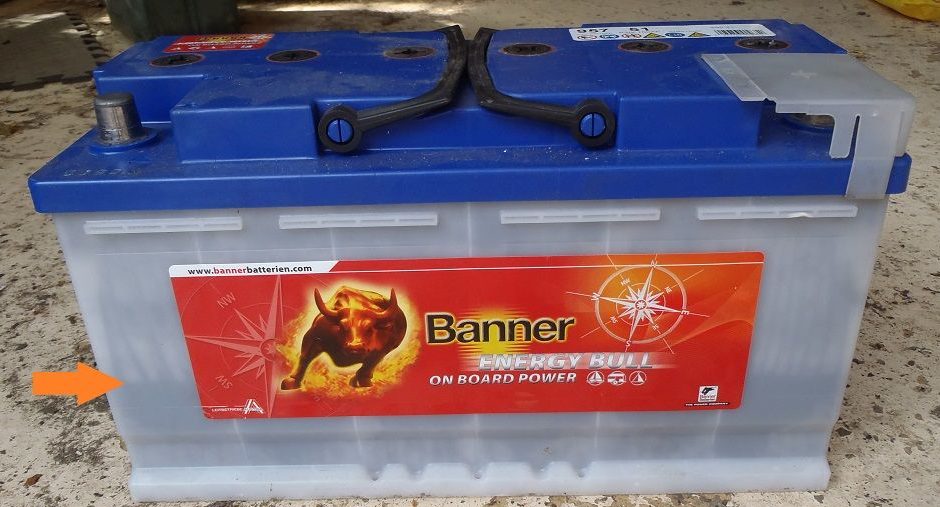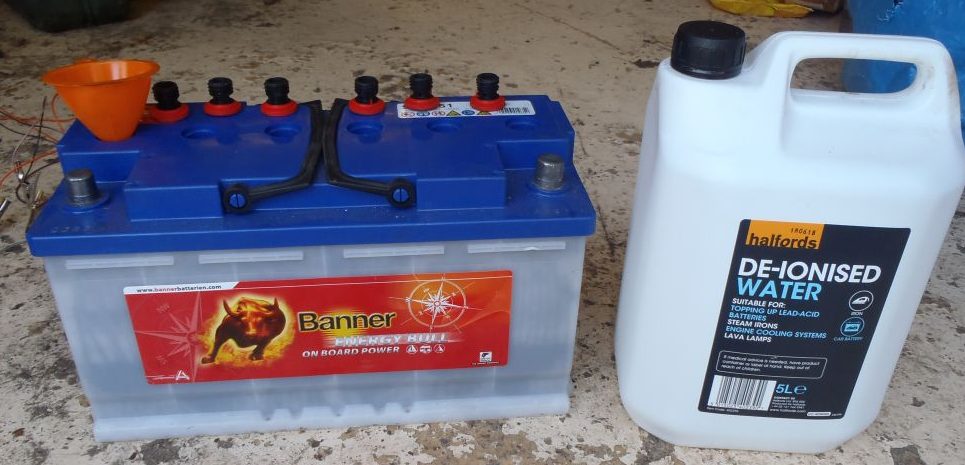12V batteries are often regarded as one of those ‘fit and forget’ items, but leisure batteries in motorhomes take a fair amount of abuse, and if you don’t look after them they may fail on you just when you need them most!
In general use (especially if you have made efficiency improvements such as LED lighting) motorhome leisure batteries don’t actually get that much use – even if you only have one fitted if it is in good shape it can provide enough energy for several days use. However if you are going to be parked up for a number of days without electric hook up (or other means of recharging your batteries, such as solar, wind or a generator) you can find yourself running out of power.
While completely discharging lead acid batteries is not good for them (especially if you leave them discharged for long periods of time), it is actually the constant charging that many leisure batteries face that tends to accelerate the wear (particularly in older vans with less sophisticated charging systems). Being on electric hook up for extended periods of time, or having a permanent solar installation, can hold the batteries at full state of charge for long periods, and this can cause them to lose the liquid electrolyte over time.
This gradual decline often goes unnoticed as even a battery just half-full of electrolyte can still happily provide reasonable amounts of power, and will still hold 12V – but it will go flat much quicker than expected….
As an example I noticed one of my batteries was getting much warmer to the touch than the other one while charging, and on inspection it had lost over half of it’s electolyte (the electrolyte should just cover the plates inside the battery, with just a small air gap at the top) In this picture below you can see the level in my battery (highlighted by the red arrow):-

12V lead acid batteries are made up of six individual cells, and you can check the level by unscrewing caps on the top of the battery to look inside – the liquid should just cover the tops of the visible plates
Note: valve regulated or gel type batteries are not refillable, but they are also less likely to lose any electrolyte – this check/refill procedure is for standard ‘flooded’ batteries
If you find your batteries need topping up you can get suitable deionised water from any motor factor and many hardware shops, never use tap water as the minerals in it can damage your battery
Here you can see the caps removed and a small funnel being used to top up the battery – together with a typical bottle of deionised water

So in order to maximise the life of your leisure batteries it is worth getting in to the habit of checking and topping them up, at least once a year. It is also a good idea to not leave the electric hook-up connected for long periods (for example if your van is in storage), it is better just to connect it for a few hours every month or so to keep the batteries topped up without holding them at full state of charge.


Leave a Reply